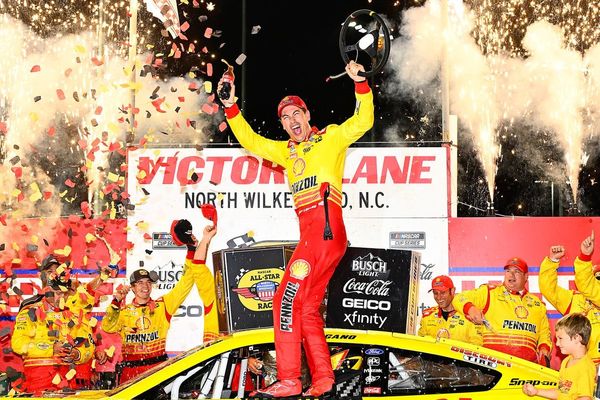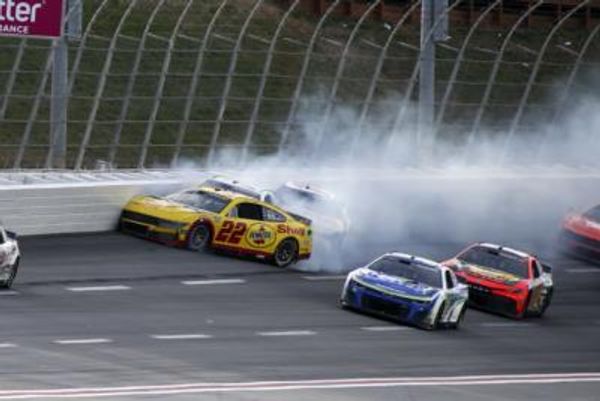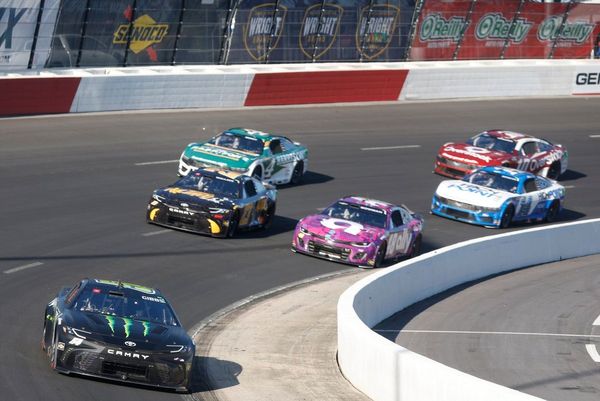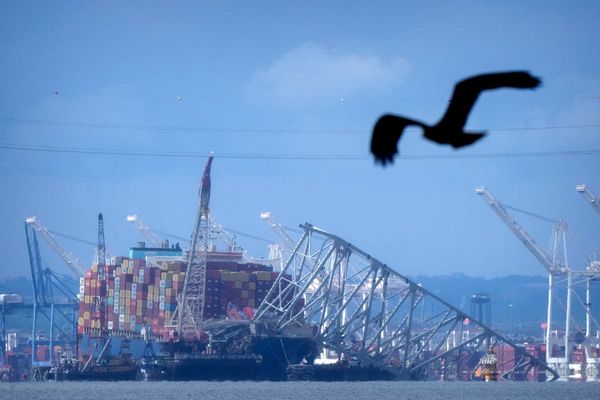They’re “bloody big” and enjoy an “extreme pogo punk dance” – and every now and then they decide to hang out with humans.
Bruce the brolga has blessed the people of Queensland’s Moreton Bay region with his presence for years and, after a recent health scare, should continue to do so for years to come.
Bruce has been spotted patiently waiting at local train stations, although no one has yet spotted the crane actually on a train.
According to his social media (he’s on Instagram and Facebook), he’s been chilling on front lawns, craning in windows and meandering through homes.
Worried locals recently called in Wildlife Rescue Queensland because he had been lingering in the same spot, the Courier Mail reports, but after a quick checkup he was released back into the wilds of suburban Moreton Bay with nothing more than an old broken toe.
One of two species of cranes in Australia, Bruce is a Grus rubicunda. The name comes from burralga in the Gamilaraay language.
Brolgas are the state emblem of Queensland. They have wingspans of up to 2.4m, a height of up to 1.3m, and they perform one of Australia’s most spectacular avian courtship dances.
“It leaps higher than its own height. All cranes do it, but there’s no other birds in Australia that muck around like that,” says professor emeritus Darryl Jones, an urban ecologist from Griffith University and author of Getting to Know the Birds in Your Neighbourhood.
“It’s like extreme pogo punk dance.
“Once they get into the groove, once the male and female say ‘you’re it’ and get a bit carried away … and you can hear them a mile away, with this extraordinary trumpeting call.”
Brolgas normally hang out in swamps, Jones says, feasting on frogs and fish, instead of in an urban environment.
“They’re bloody big … that’s one of the really unusual things about these ones turning up in towns. Somehow or other, these birds have [got] used to the presence of people.
“Bruce would have said ‘this is an easy way to make a living’. There’s no competition. Apart from cars, he’s protected from danger. He’s found city life is pretty bloody good.”
Brolgas can live for 20 or 30 years. Delilah the brolga lived at Werribee Open Range zoo until she was 50.
There have been other Bruce the brolgas. Australia zoo had one, which was euthanised due to arthritis.
Wellington zoo also hosted an Australian brolga called Bruce. That Bruce, who was “known to have a violent temper”, attacked a peahen and hurt it so badly it had to be put down.
“It was aggressive toward humans, had previously attacked a wallaby, and was the prime suspect in the killing of other birds, including another brolga crane,” Stuff.co.nz reported in 2011.
Sadly, Moreton Bay residents are unlikely to see their Bruce do the extreme pogo punk dance. He’s likely past mating age, and the women are too wild.
“He’s probably too old now. They usually mate in their first year,” Jones says.
“He’s probably eight or older and he’s unlikely to find a female as tame as he is, so he won’t pass on his genes, but he’s having a happy life.”
That might be for the best, Jones says, with such a big bird in an urban environment.
“Sometimes they get their cues mixed up and try to court a human,” he says, adding that people needed to treat brolgas with respect.
“They’re a big bird, they can do harm without trying to. Don’t offer them anything to eat.
“Having a brolga around, just enjoy it. Not many people get to have that.”







